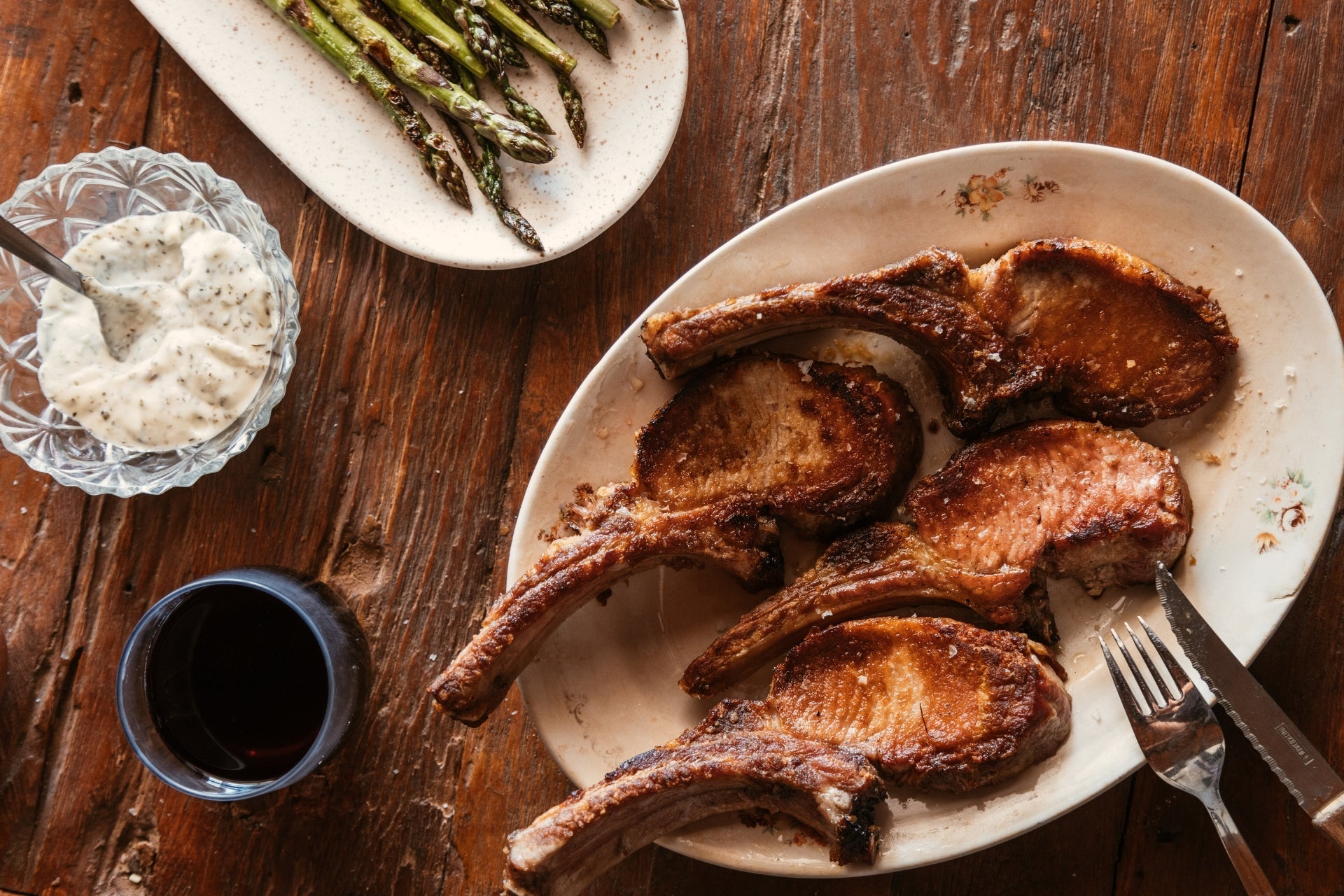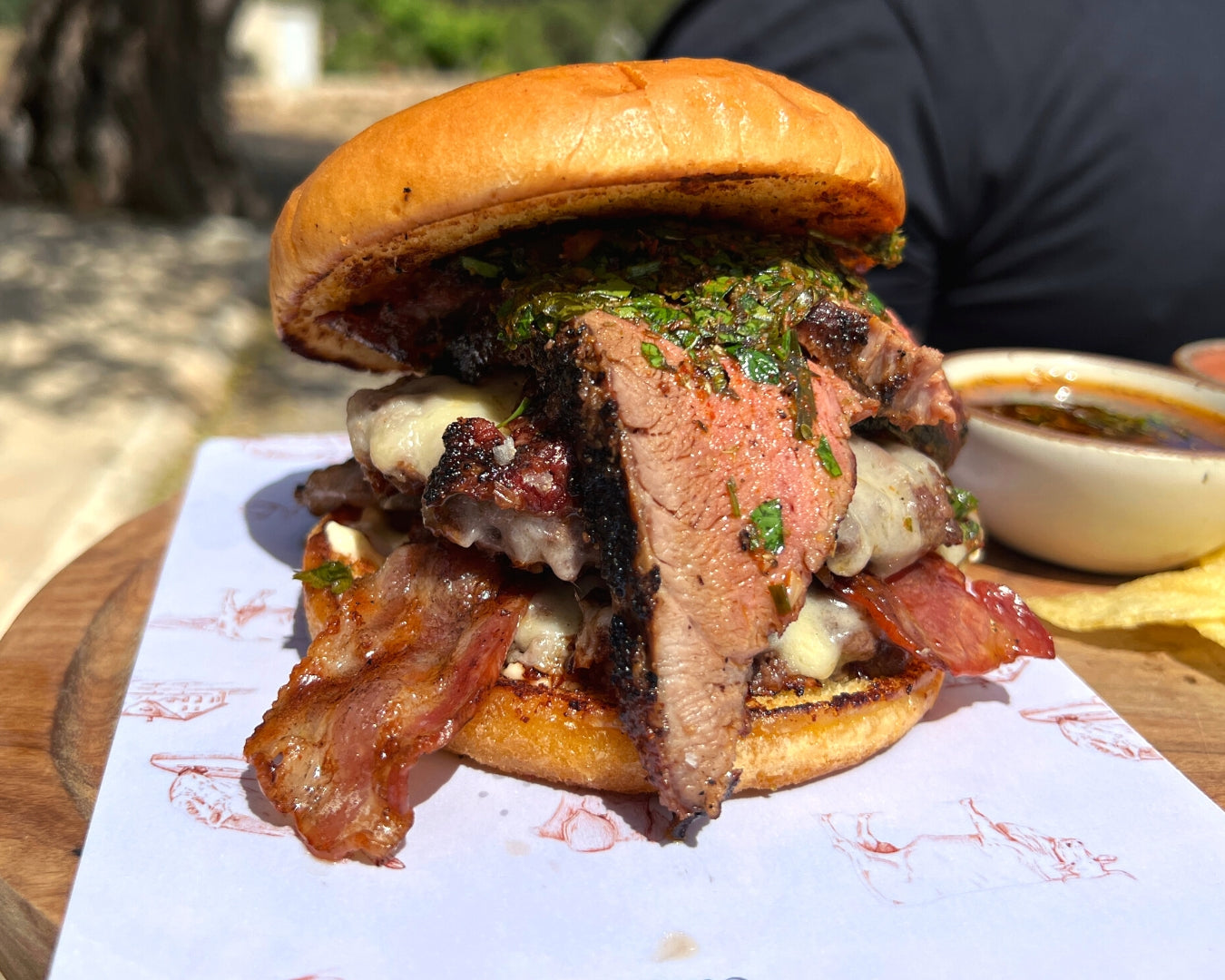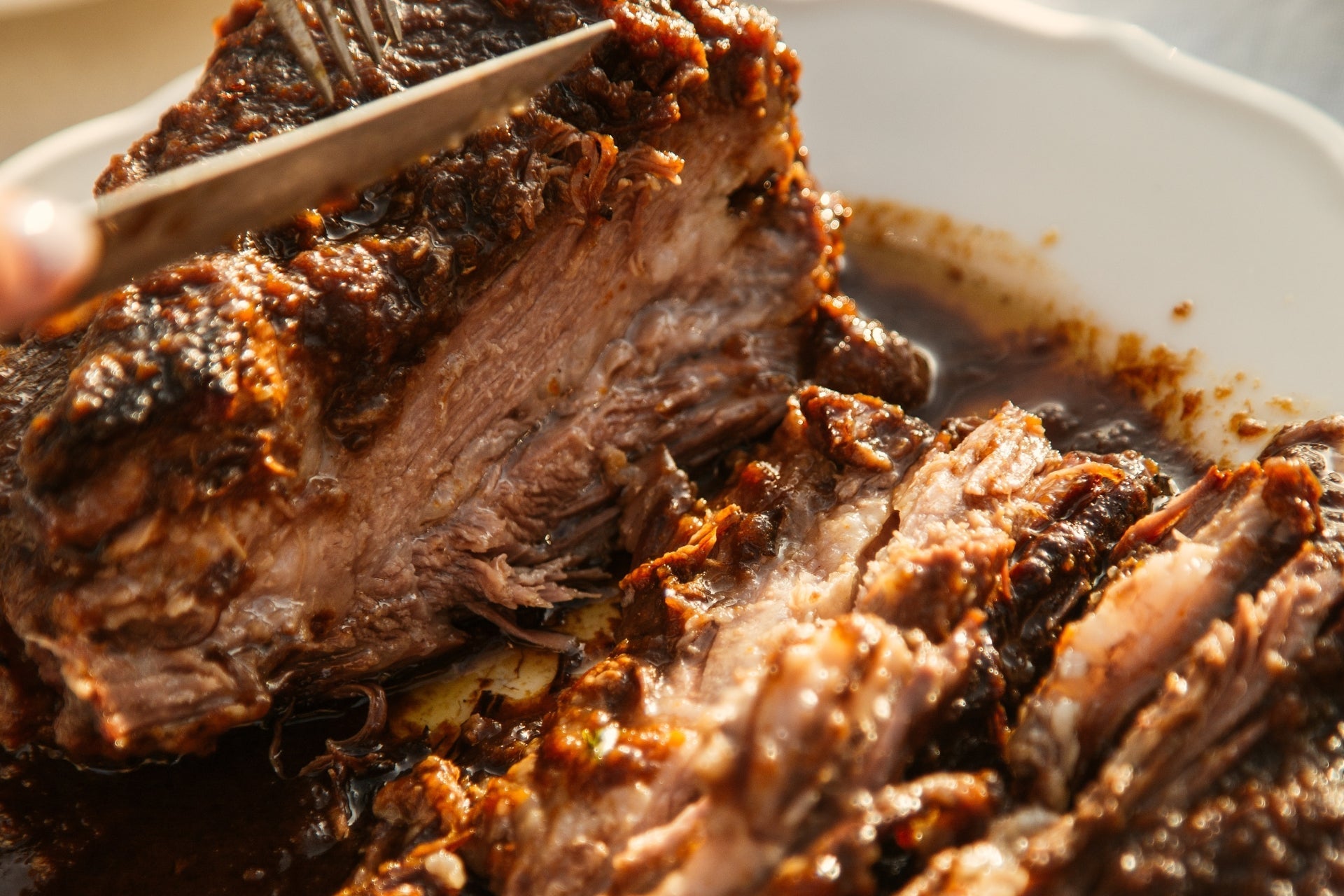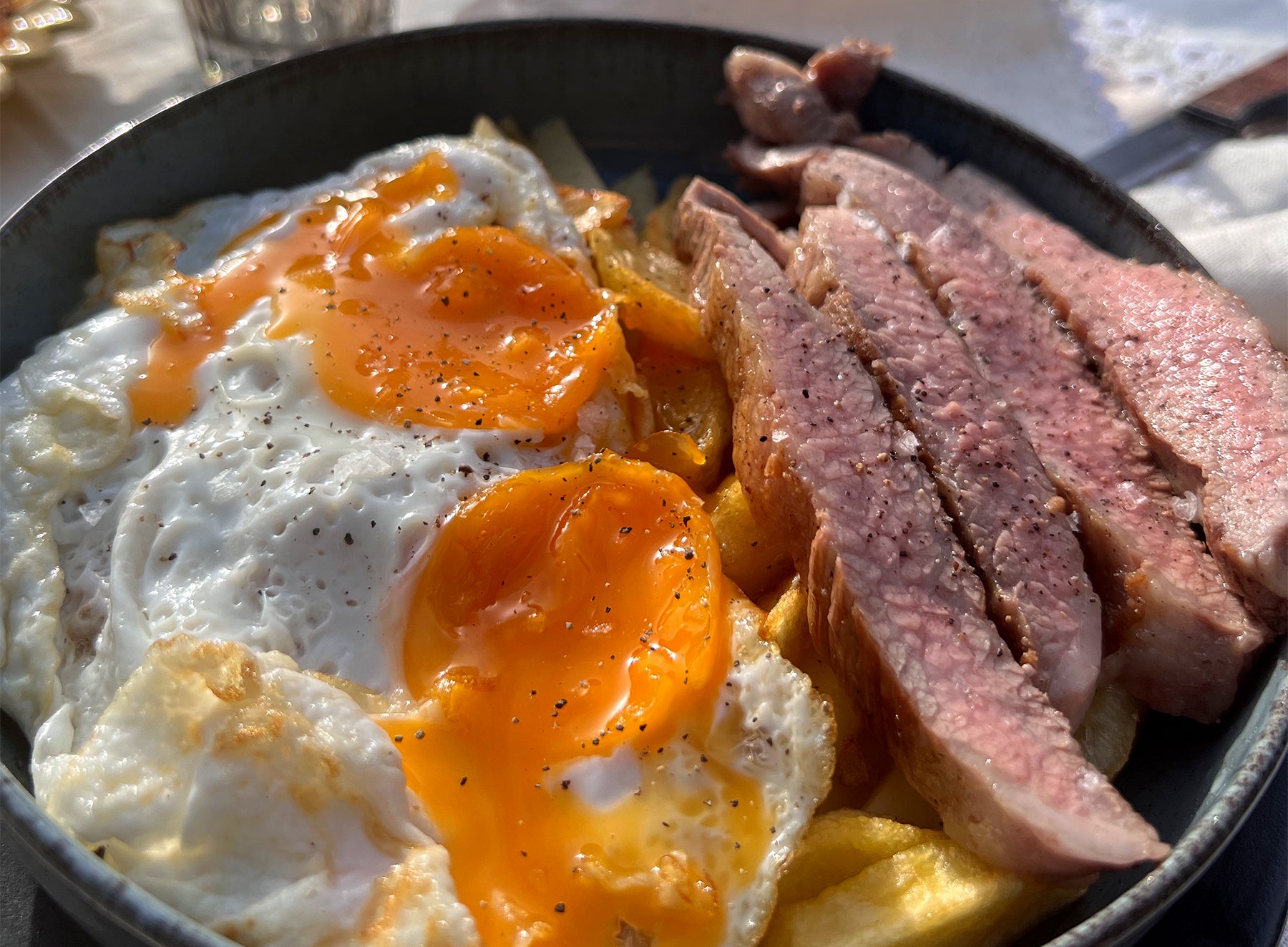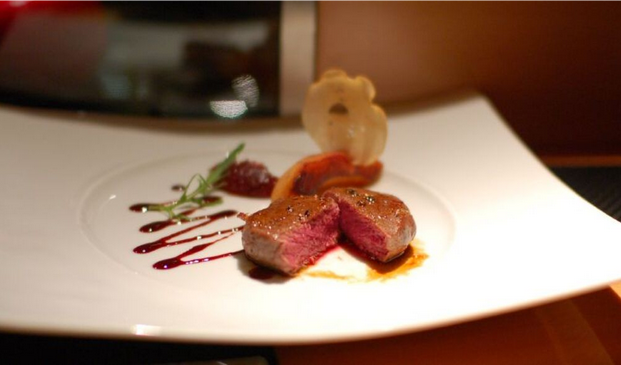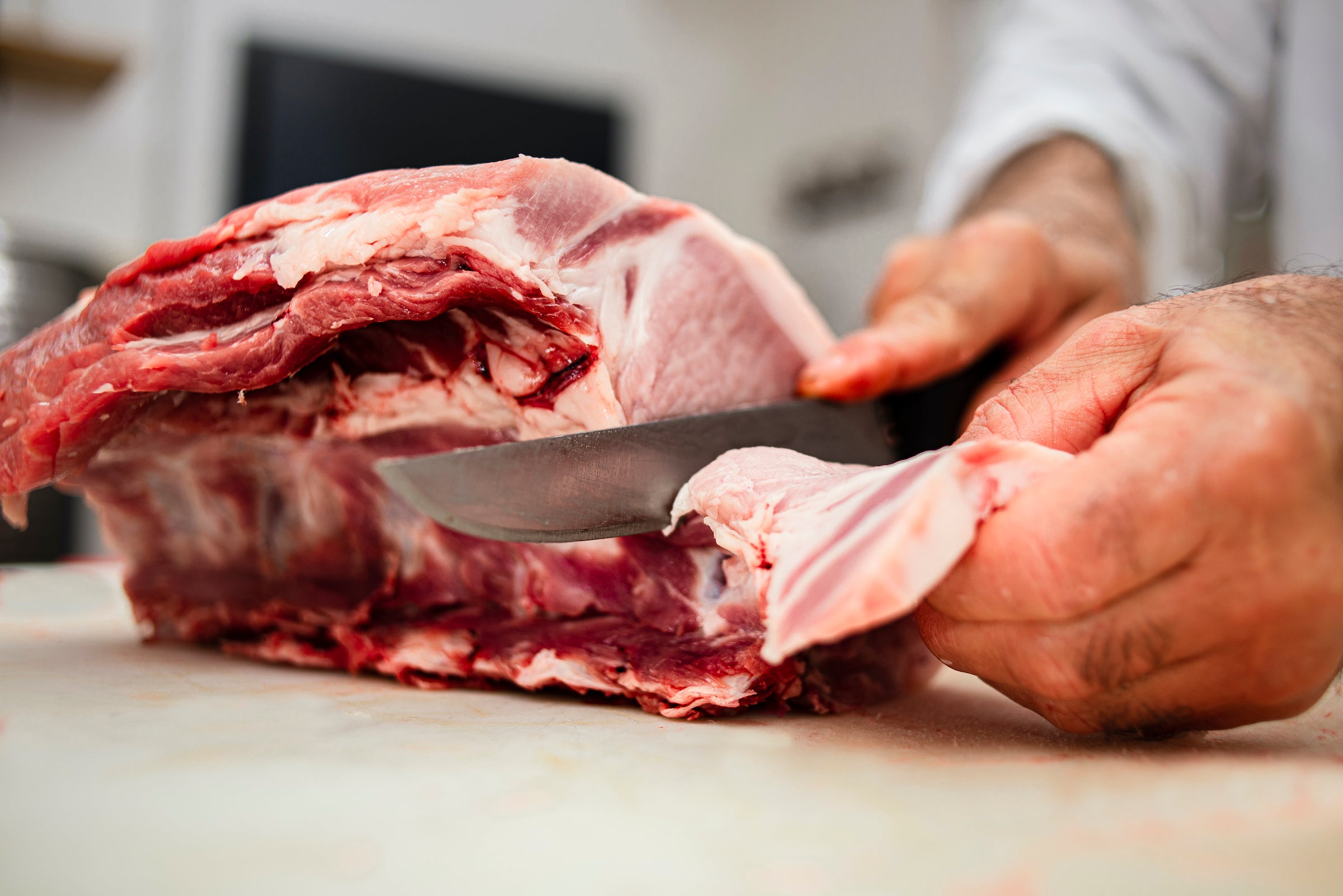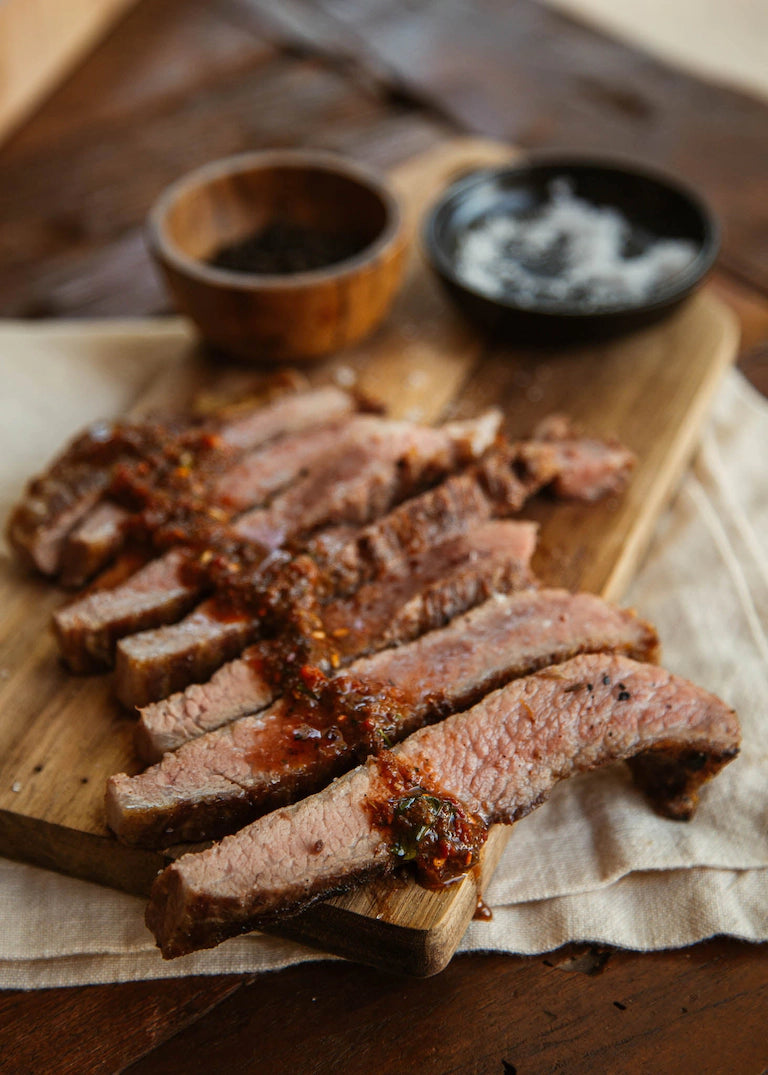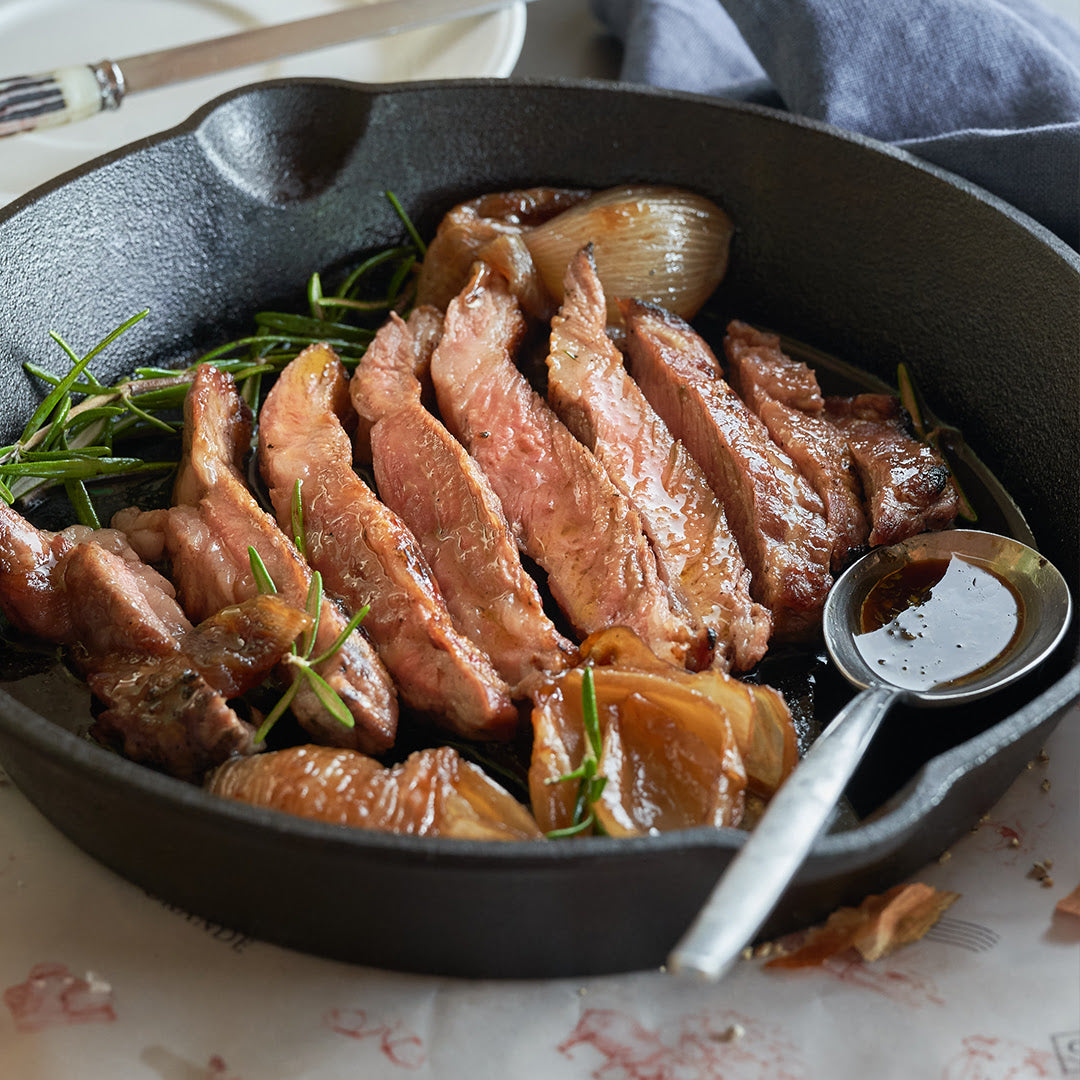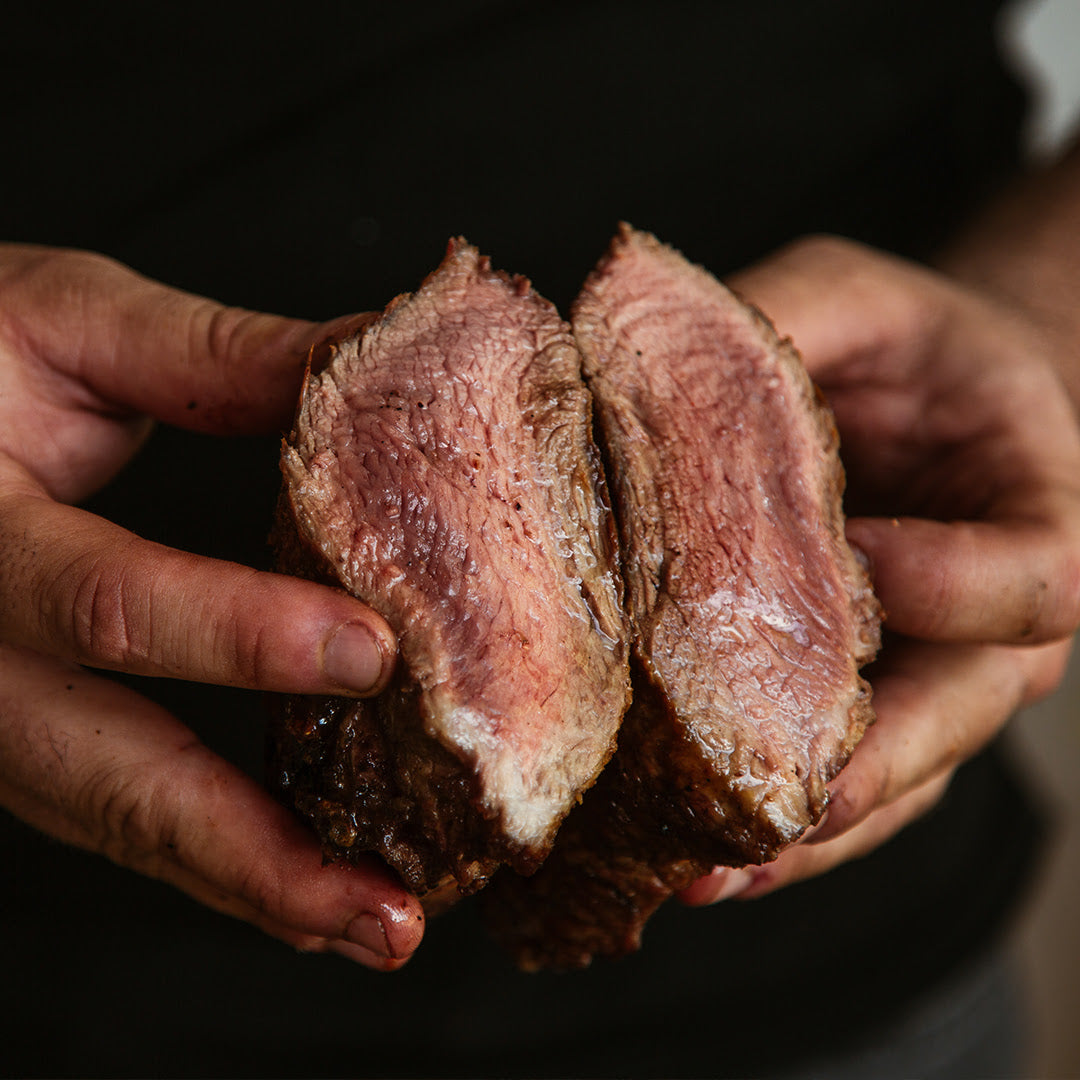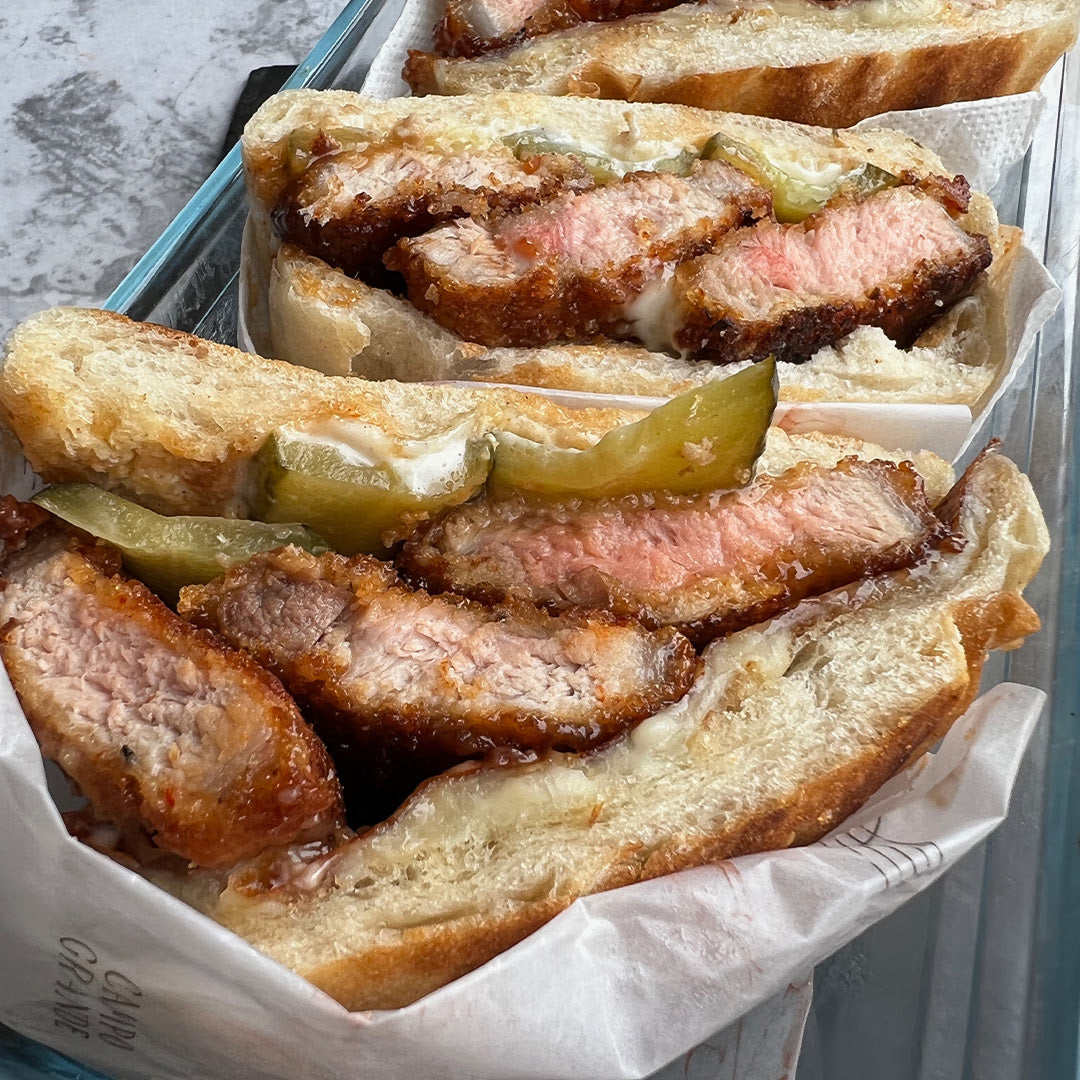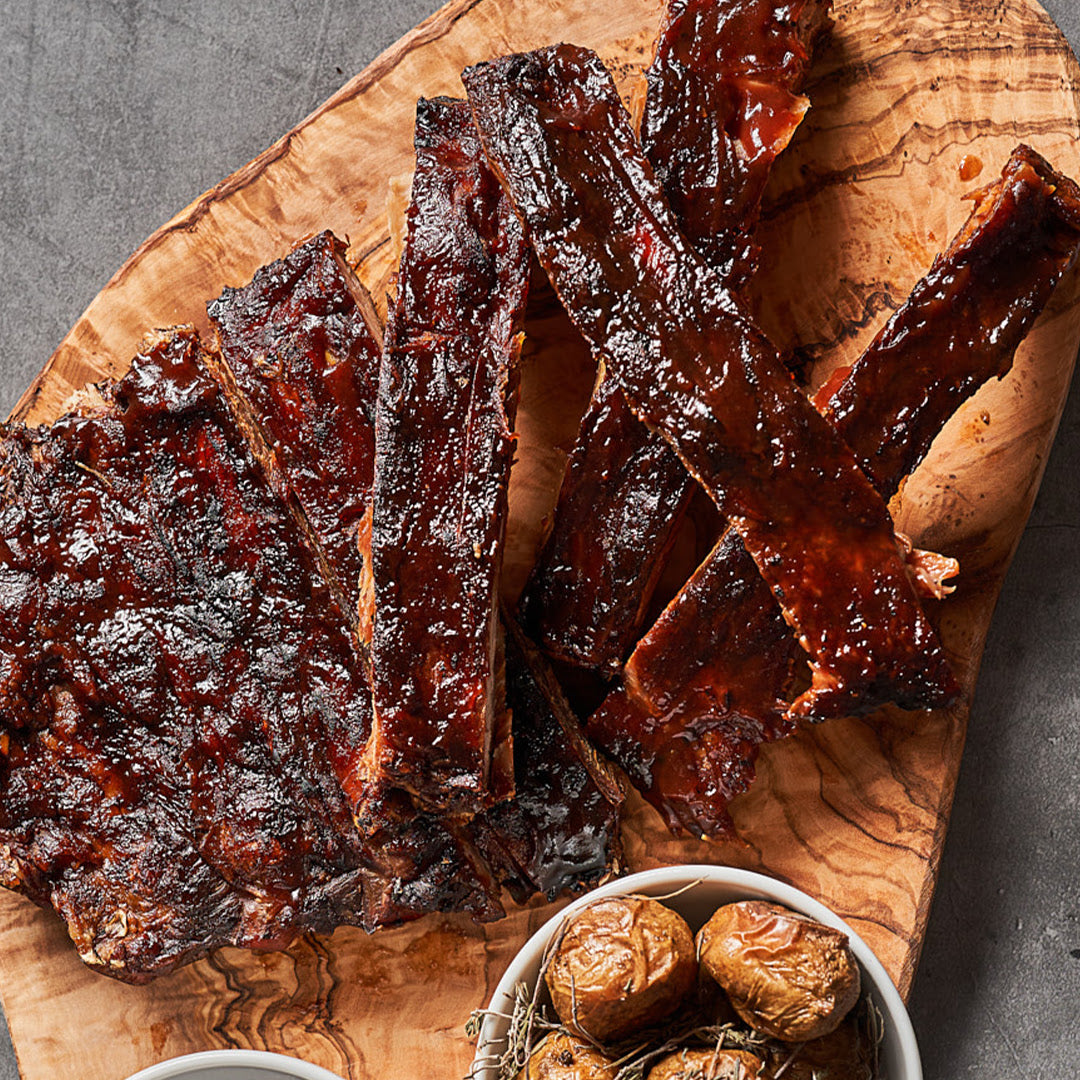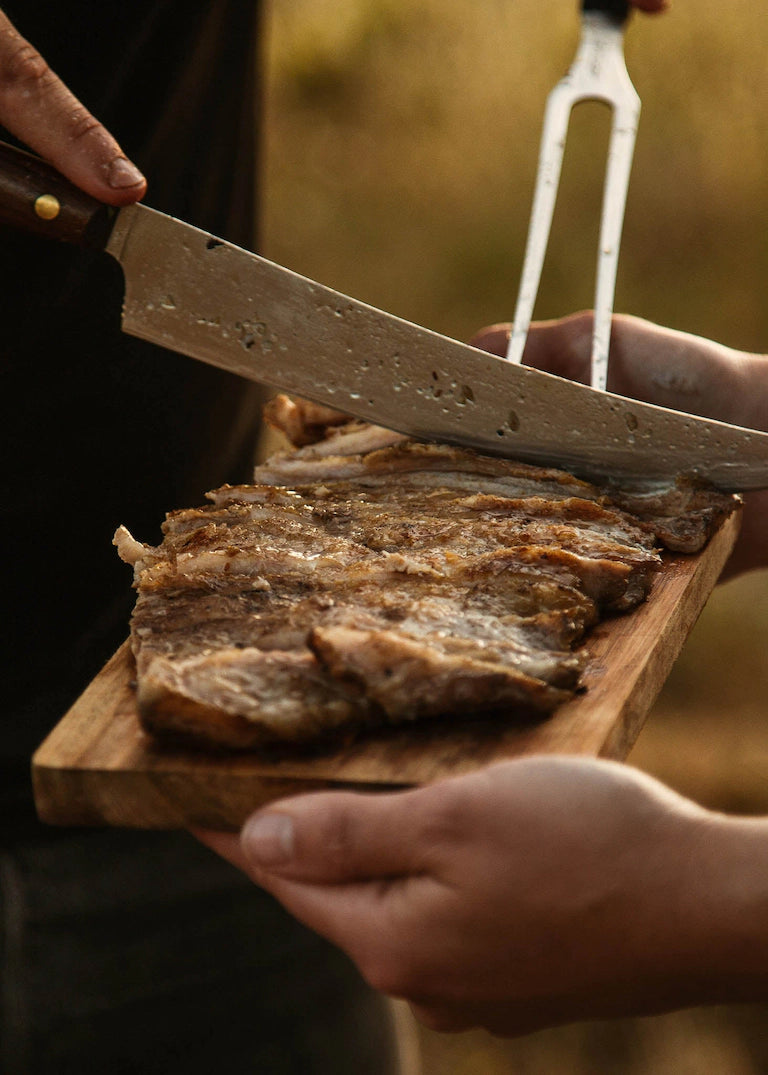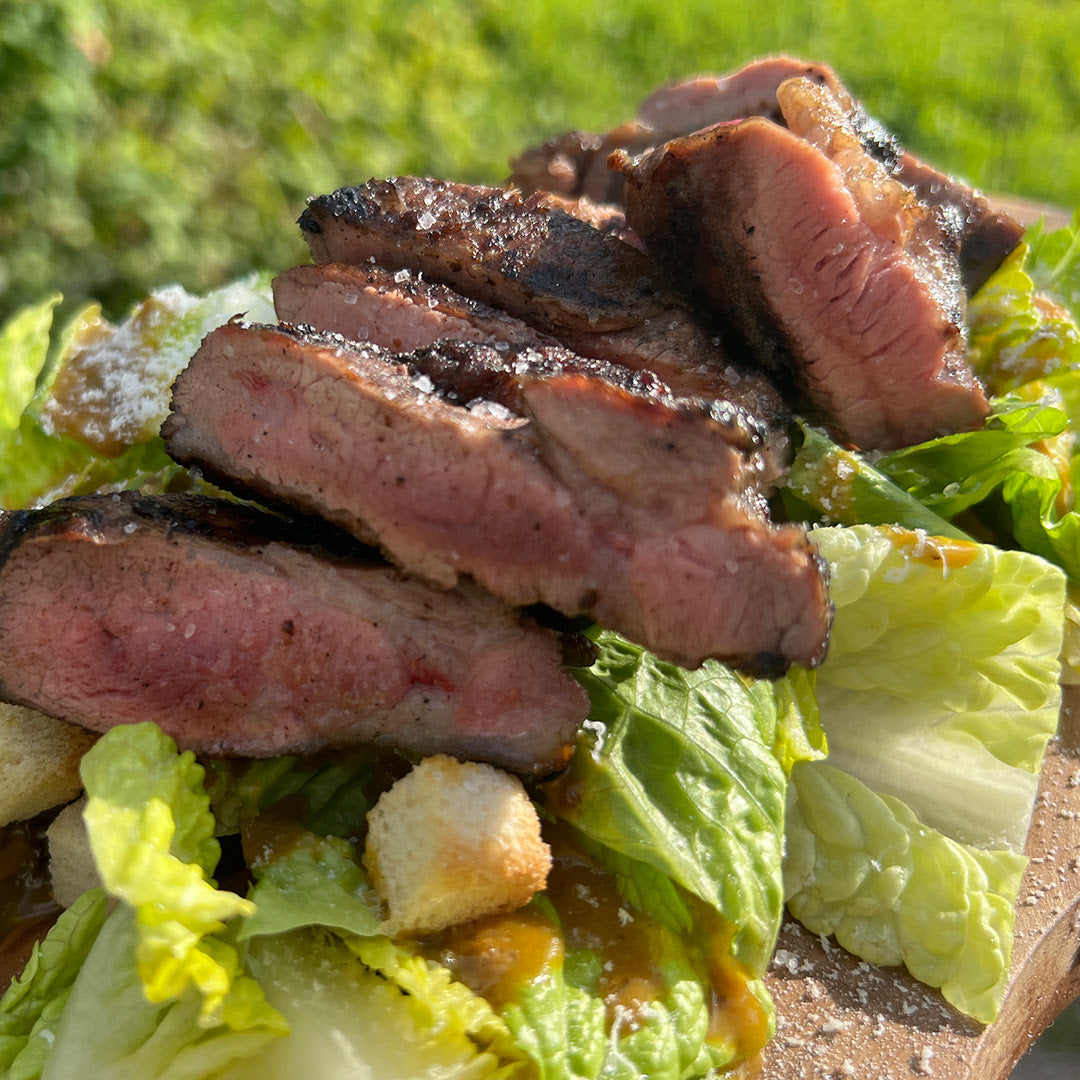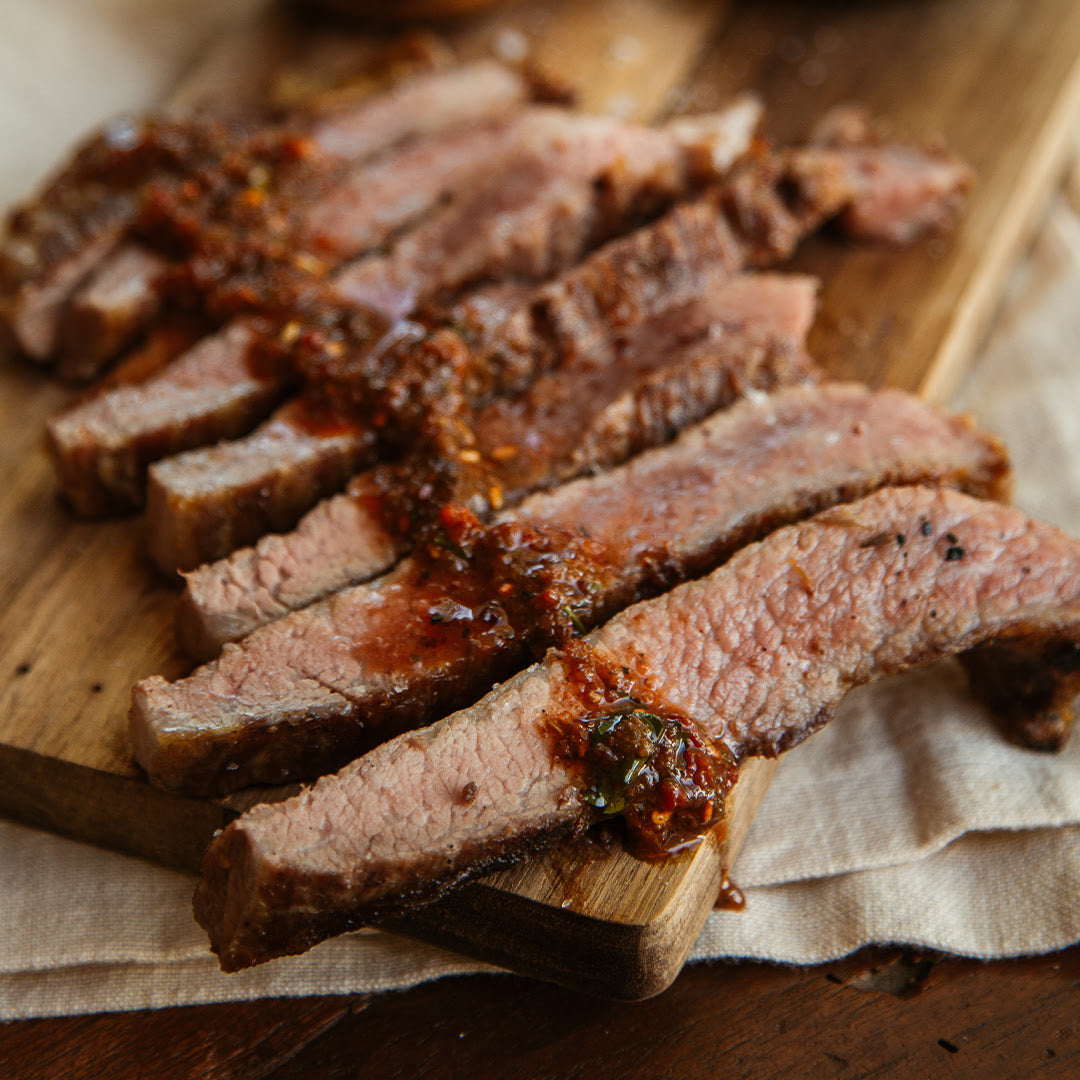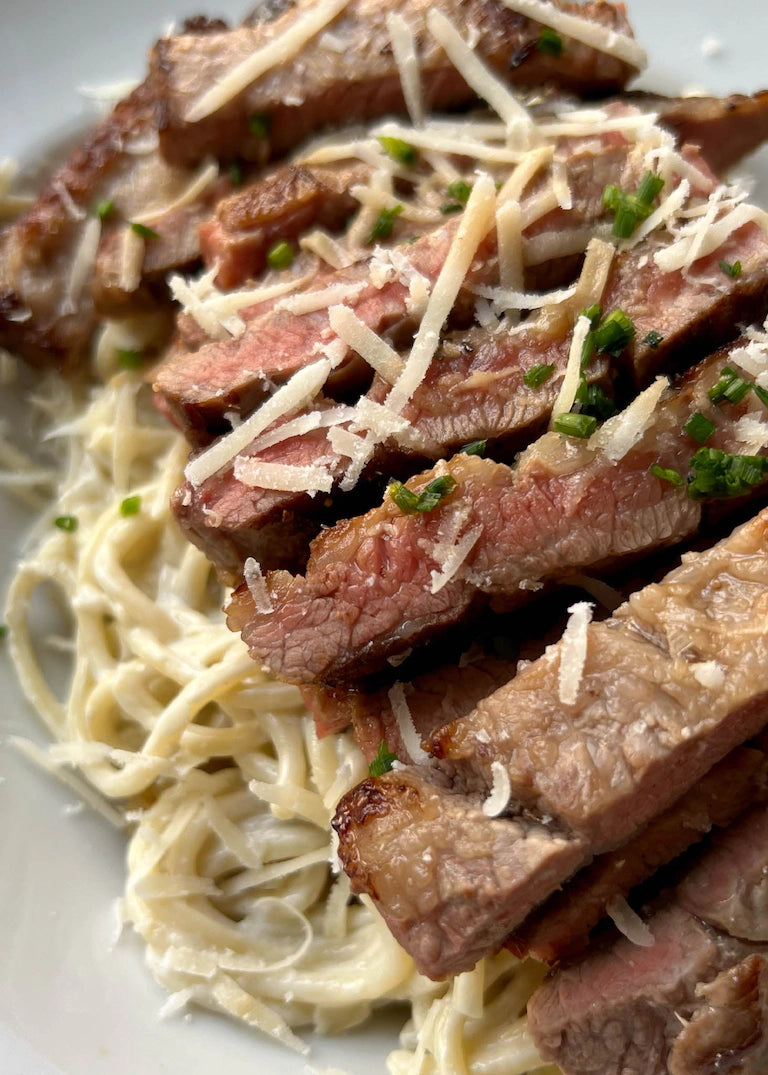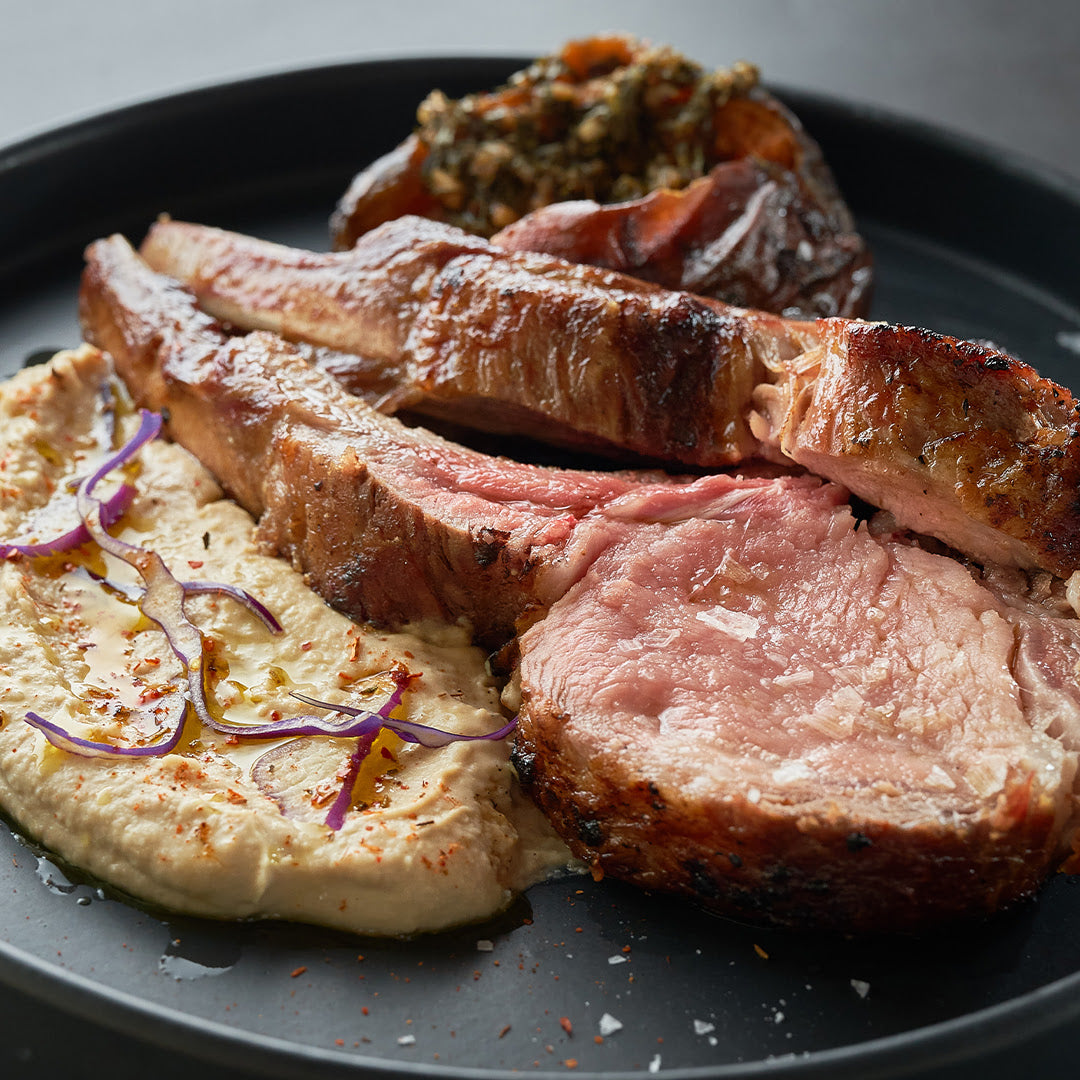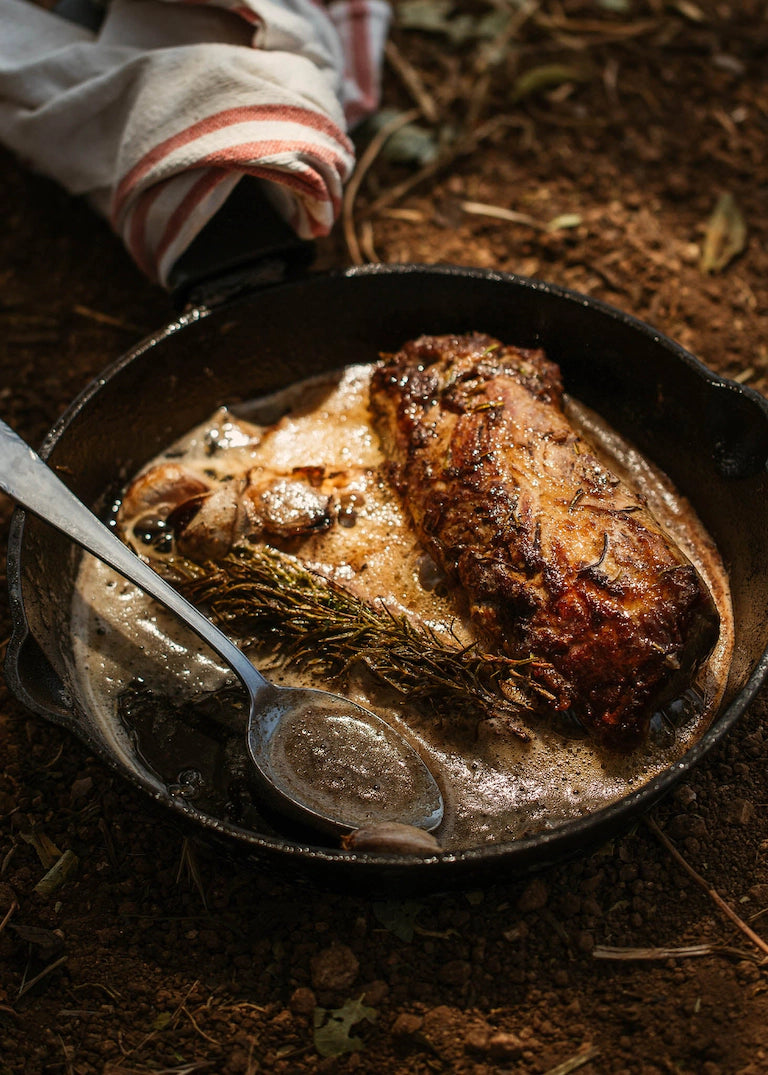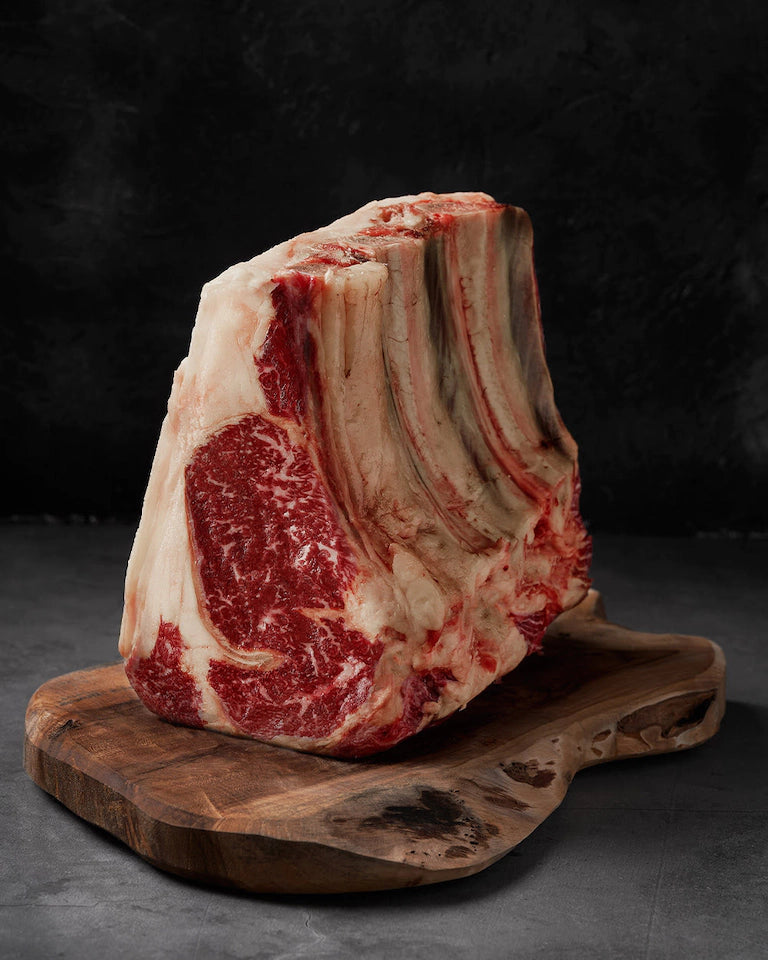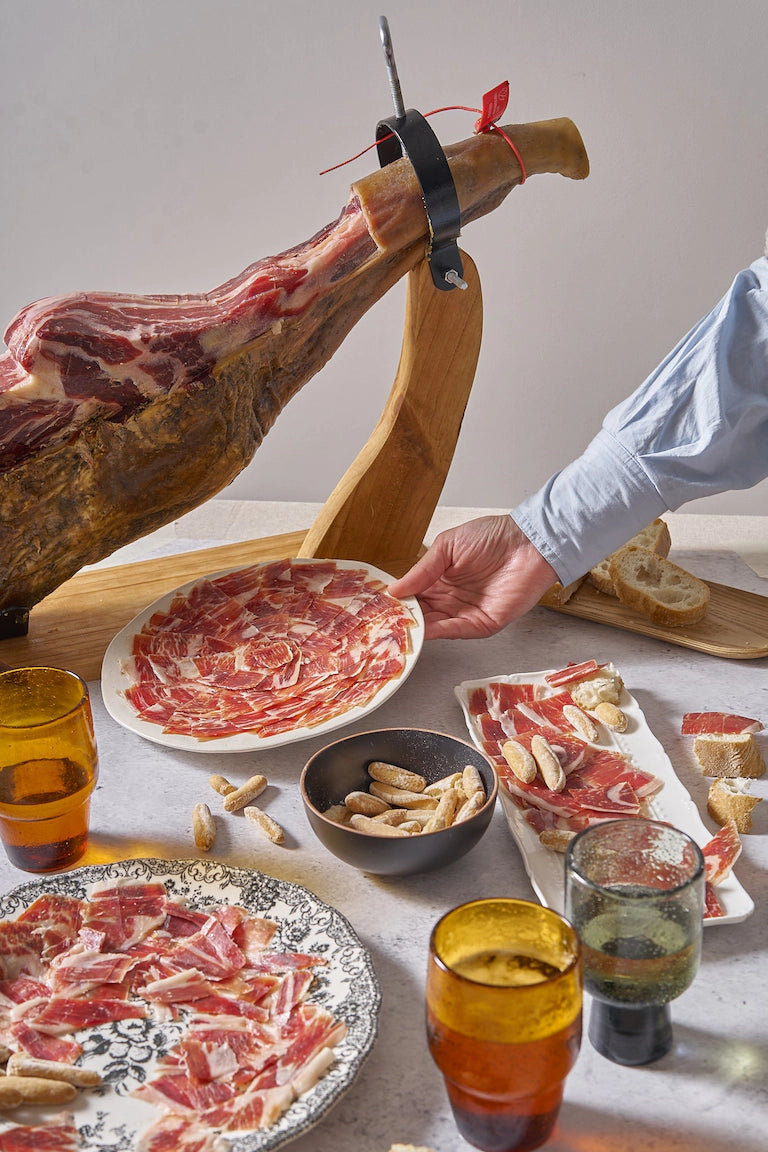Iberian feather is one of the most select cuts of Iberian pork. Thanks to its versatility, it can be prepared with countless recipes, but it is not a cut that requires too much elaboration to be delicious. Learn how to prepare it!
Characteristics of the Iberian acorn feather
The name Iberian acorn refers to a breed of pig that is raised in the meadows of Spain and Portugal. This type of pigs are raised in semi-freedom, as the animals can move around the pastures. This type of animal exercises during a good part of its life, thanks to this semi-freedom. This means that specimens of this breed develop intramuscular fat.
Additionally, the "acorn" label means that the animals are fed on acorns for a good part of their lives, or towards the end of their lives. Thanks to the acorns and their way of life, Iberian meat acquires very good nutritional properties for human health.
Iberian acorn-fed pork is characteristic for having a pink or reddish color, unlike common pigs, which meat is paler. In addition, the flavor is more intense and, of course, we cannot leave aside the multiple properties and benefits it has.
To begin with, the pigs of this breed have high concentrations of intramuscular fat and their meat has a marbled appearance. The vast majority of Iberian cuts, including the feather, have a balance between fat and lean; this makes the meat juicy, but not too fatty.
In addition, it has organoleptic properties, which are similar to those of olive oil; antioxidants, low calories, high levels of proteins; good cholesterol and a great contribution of vitamins from the B group (B6 and B12), as well as minerals such as magnesium. This type of pork is perfect for people who care for their diet and do not want to miss out on a delicacy, the meat is delicious!
But on top of these properties, the acorn feather is unique. From all the cuts, it is said that the feather is the most elegant, the most sophisticated and select. It is also the most exclusive! This is due to the fact that only one feather weighing approximately 100 grams can be extracted from each specimen.
The feather has an elongated and narrow shape and tends to be easily confused with the Iberian prey. The feather and the prey are extracted from the animal's back, which is why it is often said that they are the same. How can they be distinguished?
The feather is narrower and weighs only 100 grams and, as we have already seen, only one is extracted from each animal. The prey, on the other hand, has a more rounded shape and can weigh up to half a kilo; two preys are extracted from each pig.
How is the acorn feather made?
The feather is characteristic, as is a good part of the Iberian cuts, for not needing great elaborations. The meat is so delicate and exquisite that it already has everything you need to obtain a unique delicacy.
Grilled and broiled
In this case, you will need to heat the utensil on high heat and place the feather only when the griddle or grill is very hot. They will need to be on the fire for a couple of minutes (maximum three) on each side. When turning, add salt flakes. It is important to place the grid or grill 15 centimeters away from the coals and place the feather when the charcoal is a little white and there are almost no flames.
Frying pan
A very easy way to make the Iberian acorn feather is pan-fried. You will need a drizzle of oil and a little salt. To prepare the feather on the pan, heat a little oil, but not too much, and bring the meat to the fire when the oil is very hot. Be careful not to burn it!
After a couple of minutes, the meat will be ready. Sprinkle with salt flakes when you turn the meat over.
Baked feather
An unconventional, but very accepted way to prepare the feather is baked. This preparation requires more cooking time: about 15-20 minutes. To do this, you should place the feather in a tray or oven dish, preferably accompanied by its vegetable garnish (potatoes would be best).
In this case it is advisable to add a drizzle of extra virgin olive oil and salt flakes. Halfway through the cooking, you should turn the meat over. If you notice that it is overcooking, cover it with aluminum foil.
In tartar or carpaccio
For the most innovative palates, feather in tartar or carpaccio is a good alternative. It consists of eating raw meat, but following a strict freezing and thawing process. In either case, the feather must be frozen three days before consumption and thawed in the refrigerator, avoiding cross-contamination.
For the tartar, the feather is cut into cubes, which do not have to be uniform, and mixed with the vegetables of your choice - it goes very well with citrus and sweet flavors! Afterwards, it is dressed with olive oil and some mixture of honey and mustard.
Feather in carpaccio needs to be cut in thin slices, similar to ham and dressed with a vinaigrette and cheese flakes. It is a delicious and unconventional way to consume Iberian feather! The flavor is very intense and the texture is smooth.
